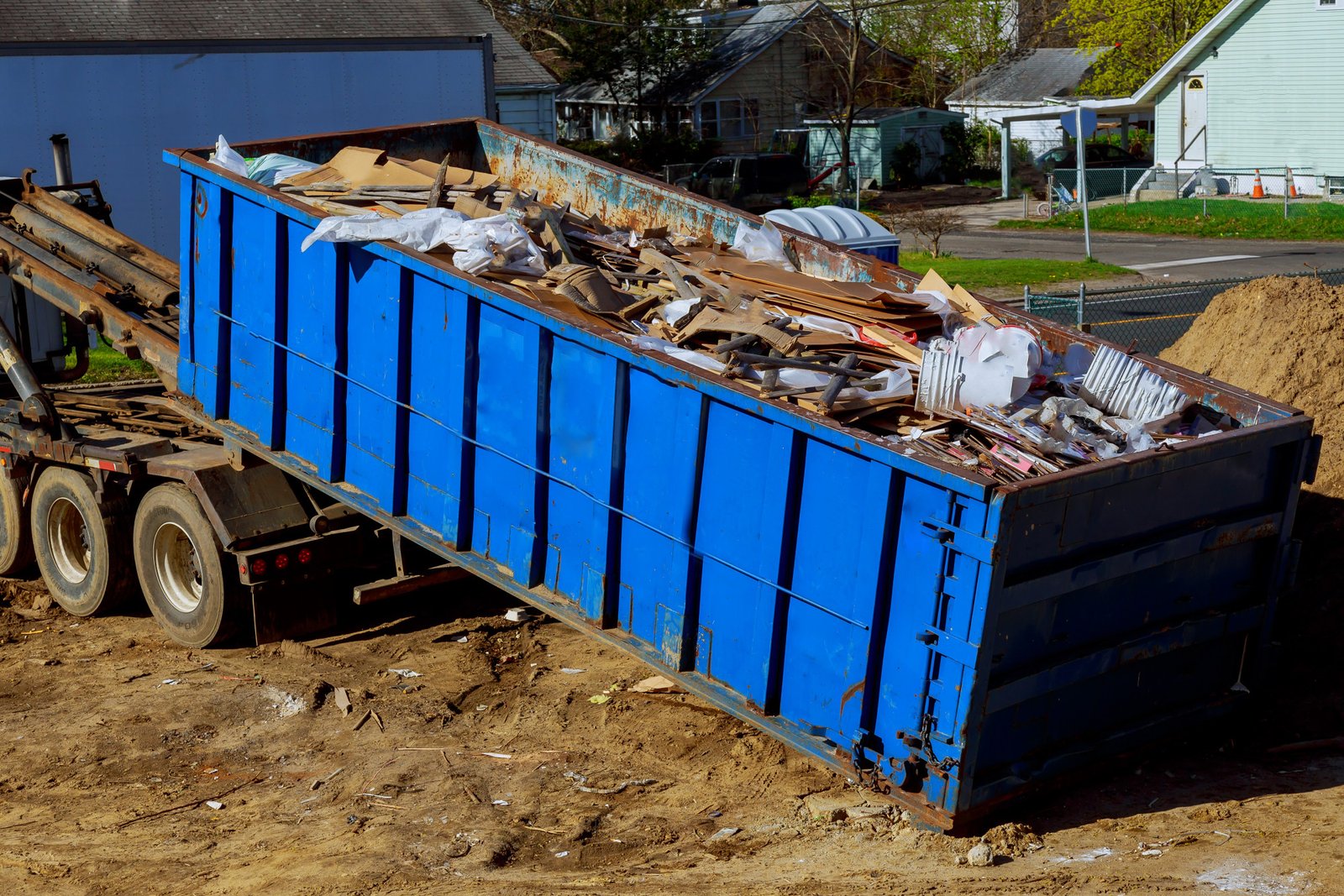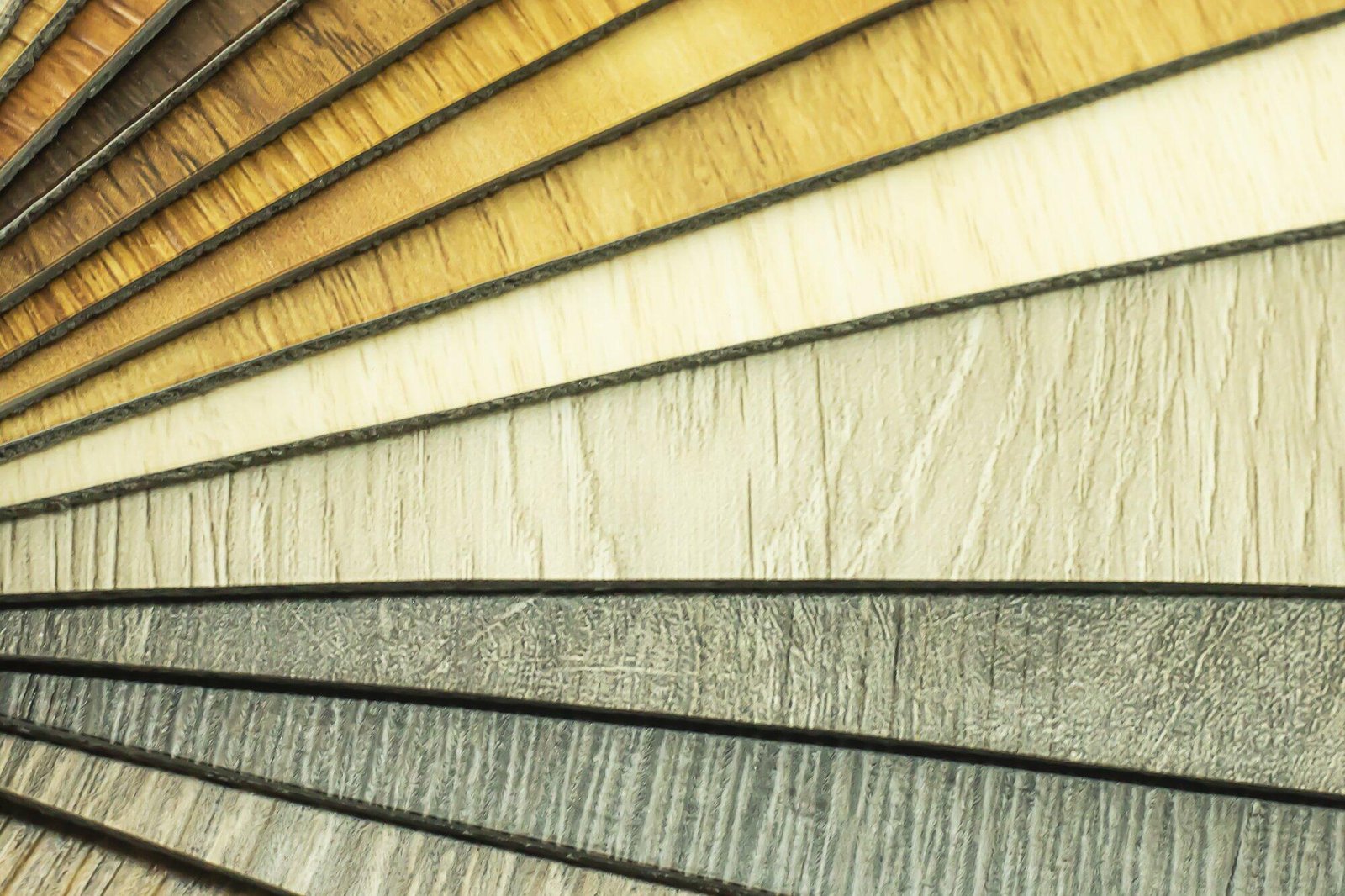
How to Manage Renovation Construction Waste
Are you planning a renovation project?
As exciting as it may be, there’s always one aspect that can’t be ignored – the waste generated during construction. Managing renovation construction waste is often overlooked, but it’s an essential part of any renovation process.
With some simple steps and smart strategies, you can minimize your impact on the environment and keep your project organized. In this post, we’ll take a look at how to manage renovation construction waste so you don’t have to worry about leaving behind a mess.
Let’s get started!
Table of Contents
Rent Trash Bins
The purpose of renting appropriate trash removal bins is to ensure the effective management of renovation construction waste. In renovations, the waste will pile up in a renovation dumpster. So it is beneficial to rent a bin that is big enough to accommodate all the debris during the length of the project.
Bins should also be rented to a dumpster rental with environmental regulations in mind. Maybe some areas may have restrictions on how the waste is properly disposed of. Knowing the local regulations will help ensure that the rented bin is suitable for the job.
If you are looking for dumpster bin rentals, which is an efficient solution for disposing of large amounts of waste, you can visit a reputable rental company of bins in your local area to help you. This also ensures that the waste is well managed in a manner that is compliant with the local regulations.
Organize the Waste Into Different Streams
Start by sorting the waste into organic, recyclable, and non-recyclable categories. Label each container clearly so all workers are aware of what should go in each container. Separate any hazardous substances into their categories when possible.
Keep a log of the waste streams and how much waste you’re generating. This will allow you to calculate the exact quantities of different materials that need to be disposed of. This will ensure environmental sustainability and cost-effectiveness.
Recyclable Waste
Recyclable waste includes materials that can be properly reused or repurposed, such as carpet, tile, paper, wood, glass, and metals. Recycling these materials helps reduce the amount of waste being sent to landfills.
It is vital to ensure that these materials are properly separated and labeled. The recyclable waste should need to transfer to the recycling centers for efficient processing.
Non-Recyclable Waste
Non-recyclable materials such as drywall, plaster, and furniture should be well disposed of in special bins. Which can organize by the contractor or building owner. To reduce non-recyclable waste, first separate and remove unwanted material before the remodel takes place.
Reuse old furniture and materials instead of throwing them away. Building owners should keep an inventory of what non-recyclable materials they have and contact their local waste management services to have them disposed of. They can also consult the manufacturer’s list of recycling options.
Hazardous Waste
Hazardous waste is necessarily generated when renovating and during new construction. These materials include paints, solvents, and other chemicals. As well as batteries, fluorescent light bulbs, and electronics.
It is useful to separate and dispose of hazardous and non-hazardous waste. Waste should be properly disposed of in containers or bins labeled for the specific type of waste. It is necessary to choose a waste management plan based on the specific type of project and materials to manage the waste generated.
Reuse Materials
Reusing materials is a great way to manage renovation construction waste. Before beginning a renovation project, make sure to measure how much material you will need. Also, research any previously used materials that should need to be reused for your project.
When you are in the process of your renovation, opt for reusable products. Consider selling furniture, tools, and large materials. This includes lumber and doors that may otherwise be thrown away.
Reusing materials is an effective way to manage renovation construction waste. It reduces your carbon footprint and saves money.
Donate Good Condition Items
One way to help mitigate excessive waste is to donate good condition items. Construction workers can gather items such as appliances, fixtures, cabinets, countertops, doors, and other pieces that may have a second life. Those items need to declutter, taken apart where necessary, and donated to a local charity for reuse.
This can help reduce costs for the charity, benefit their cause, and be an environmentally conscious decision. Local charities or thrift stores may even pick up the items, further streamlining the process. Donations are a win-win; easy to do and good for the planet.
Hire a Certified Waste Disposal Service
A certified waste disposal service will have the knowledge, experience, and equipment to process. Also, disposing of waste responsibly to avoid environmental and public health risks. They will provide you with clear information and guidance on what types of materials will need to be reused, or disposed of.
They will offer a complete waste removal service and remove all waste from the construction site. They can also help you to assess the materials present and identify if anything is recycled so that you can reduce the waste output from your project. A certified waste provider will ensure that your renovation construction waste disposal is safe.
Call Local Recycling Center to Drop Off Waste Materials
To keep the project simple and eco-friendly, one should call the local recycling center. Which will arrange to drop off any waste materials generated by the construction. By doing this, one will reduce their contribution to the landfills.
It is also helping organizations that recycle various materials. Not all materials need to recycle, so inquire beforehand with the local recycling center. Then find out which materials they can accept.
After that, you can then proceed to drop off the approved materials on the specified days when recycling services are available. This will allow you to know that the waste materials are in good hands and won’t add to the unwanted materials cluttering up the environment.
Know How to Manage Construction Waste Today
Renovation construction waste can be a challenge to manage. By following these ways, such as renting appropriate trash removal bins, hiring a certified waste provider, organizing the waste into different streams, reusing materials, donating good condition items, and calling a local recycling center.
This will ensure that your renovation project is more eco-friendly. It also saves you time and money. So if you’re looking for an efficient way to dispose of your renovation construction waste, you can consider some of these tips and do it right!
Did this article be helpful? Be sure to check out our other blog posts today.
Last Updated on April 26, 2023













